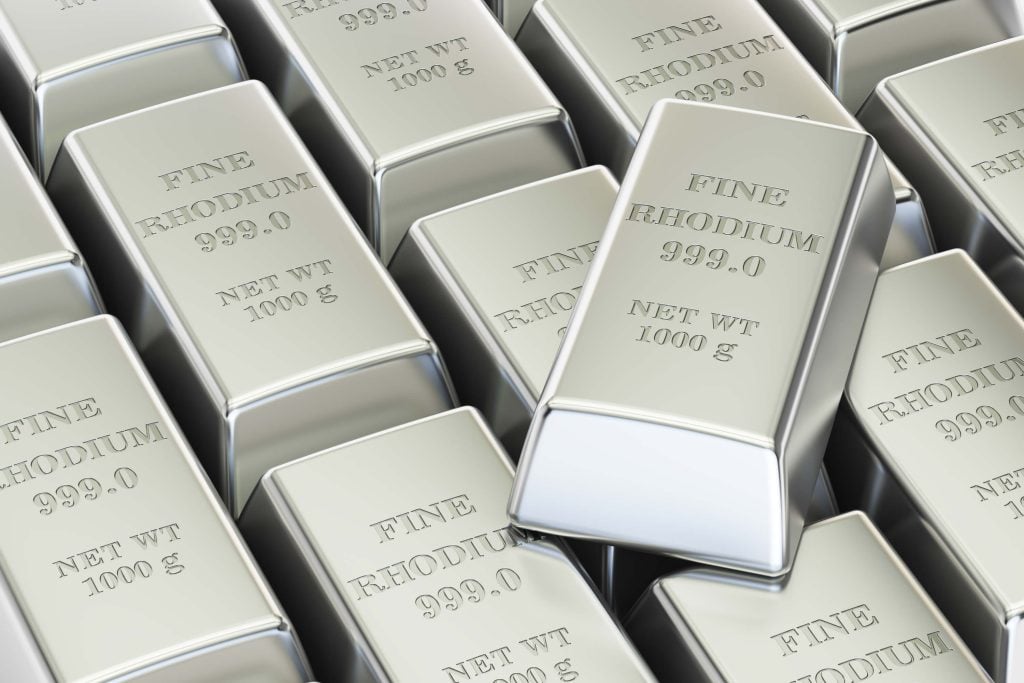Fashion & Style
Rhodium and Rhodium Plating
A Gleaming Marvel in the World of Metals
When it comes to precious metals, gold and silver often steal the spotlight. However, there’s another remarkable metal that deserves its moment in the limelight – rhodium. This rare and lustrous element is making waves in various industries, particularly in jewellery, where it is used for rhodium plating.
The Rarity and Origin of Rhodium
Rhodium (Rh) is a platinum group metal. It is scarce in nature, making up only a fraction of the Earth’s crust. Most of the world’s rhodium is obtained as a byproduct of platinum and nickel mining.
What makes rhodium even more intriguing is its origins. This precious metal is believed to have been formed during supernova explosions billions of years ago, making it an ancient and cosmic element. Its rarity and unique properties have contributed to its high value and demand in various industries.
The Remarkable Properties of Rhodium
Rhodium’s allure lies in its exceptional properties.
Lustrous Shine:
Rhodium boasts a dazzling, silver-white lustre that rivals even the most brilliant of metals. This visual appeal makes it a sought-after choice in luxury jewellery.
Corrosion Resistance:
Rhodium is highly resistant to corrosion and tarnishing, even in harsh environments. This property makes it ideal for protecting and enhancing the longevity of precious items.
Hardness:
Rhodium is one of the hardest metals, making it exceptionally durable. This hardness is advantageous for its application in plating, providing a protective layer to delicate materials.
Chemical Stability:
It is also highly chemically stable, so it does not react with most chemicals, making it safe for various applications.
Rhodium Plating
Rhodium plating, also known as rhodium electroplating, is a widespread technique in the jewellery and electronics industries. This process involves applying a thin layer of rhodium onto the surface of another metal, often silver or gold, to enhance its appearance and provide a protective barrier. Here’s how rhodium plating works:
Cleaning and Preparation:
Before rhodium plating occurs, the item is thoroughly cleaned and polished to remove any impurities or surface imperfections.
Electroplating:
The cleaned item is immersed in an electrolyte bath containing a rhodium solution. An electric current is passed through the bath, causing rhodium ions to adhere to the surface of the item. This creates a thin, uniform layer of rhodium on the substrate.
Finishing:
After plating, the item may undergo additional polishing or buffing to achieve the desired shine and finish.
Applications of Rhodium Plating
Rhodium plating serves several essential purposes in various industries:
Jewellery:
Rhodium plating is a common practice in the jewellery industry. It provides a bright, reflective surface, making white gold and silver jewellery more appealing. Additionally, it offers protection against scratches and tarnishes, increasing the durability of the pieces.
Electronics:
The electronics industry utilizes rhodium plating for its excellent electrical conductivity and corrosion resistance. It is often used on connectors, switches, and contacts in electronic devices.
Aerospace:
Rhodium’s resistance to extreme temperatures and corrosive environments makes it valuable in aerospace applications, such as coating rocket nozzles and critical components of aircraft.
Automotive:
Some high-end automobiles feature rhodium-plated components due to its resistance to harsh weather conditions and ability to withstand the rigours of automotive environments.
The Future
As technology advances and the demand for durable and aesthetically pleasing materials grows, rhodium and rhodium plating will likely play an increasingly vital role in various industries. Whether adding a touch of elegance to your favourite piece of jewellery or ensuring the reliability of critical electronic components, rhodium proves itself as a gleaming marvel in the world of metals. Its rarity, remarkable properties, and versatility make it a metal worth celebrating and exploring further as we unlock its potential in various applications.

